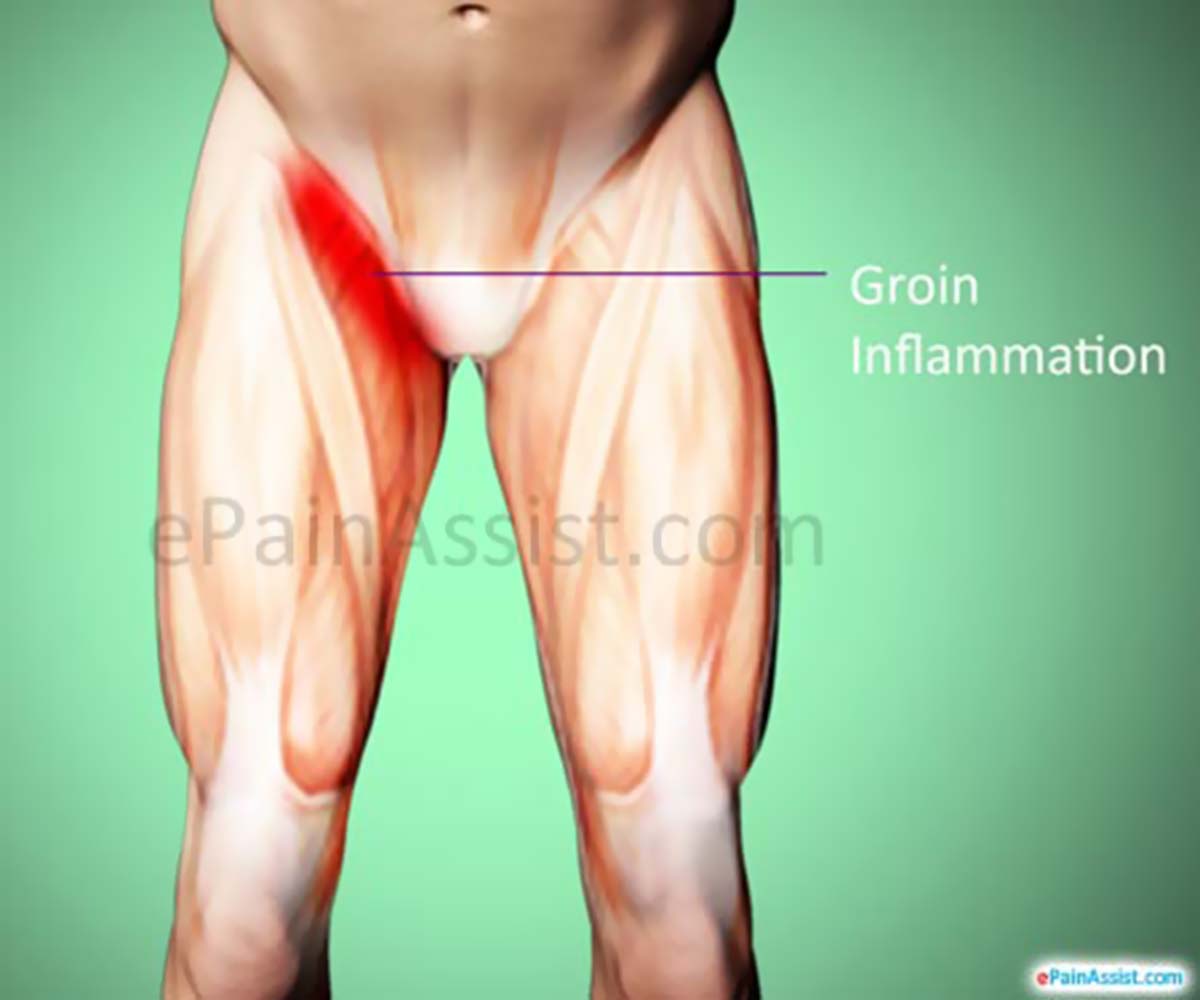Human body consists of five groin muscles or adductor muscles, which primarily work for pulling the legs together. Groin muscles are used in sports activities like horse riding, hurdling, sprinting, and playing football. Repetitive activities or overuse of these muscles may result in groin inflammation or inflammation of the tendons that join the muscles to the bone. This may also occur due to previous injury like groin strain.[1]
Patients suffering with groin inflammation often experience symptoms like tenderness when pressing in on the muscles, pain while squeezing the legs together against resistance, and pain at the top of the inner thigh, which may also spread down in the leg.

Groin injuries can be prevented by taking certain safety measures such as by performing stretching and strengthening exercises and proper warm up before exercise to ensure strength and flexibility of the muscles.
Causes[2] and Risk Factors[3] of Groin Inflammation
Groin inflammation is caused due to a previous injury or overuse. Apart from this there are many more causes like certain medical conditions which may result in groin inflammation. Some of the causes include:
- Herpes simplex.
- HIV infection.
- Syphilis.
- Sexually transmitted disease.
- Fournier’s gangrene.
- Diabetes mellitus.
- Nummular eczema.
- Donovanosis.
- Tinea pubis.
Signs and Symptoms of Groin Inflammation
- Pain is experienced towards the top of the inner thigh, which may also spread down in the leg.
- Pain is also experienced while pulling the leg inwards.
- Pain is experienced while raising the thigh.
- Pain is also experienced at a particular point on the groin bone.
- Difficulty while running, specifically during sprinting and changing direction.
Treatment for Groin Inflammation
- Resting is necessarily required to avoid any further problems or aggravate the condition of groin inflammation.
- Application of ice to the affected area is very helpful for treating groin inflammation.
- Anti-inflammatory medications like ibuprofen may be prescribed in many cases.
- Cycling helps in maintaining fitness, but this must be done only when it is pain free.
- Complete rehabilitation program[4] may be prescribed in order to avoid re-injury.
- Using laser treatment and ultrasound is also very helpful in treating groin inflammation.
- Sports massage techniques may aid in healing.
Exercises for Groin Inflammation[5]
Exercises can be started once the patient is pain free. Stretching and strengthening exercises can be performed to improve and regain full function of the groin muscles.
Investigations for Groin Inflammation
Generally physical examination is sufficient to diagnose groin inflammation. Other diagnostic tests may be required in rare cases, which include:
- Magnetic Resonance Imaging (MRI).
- Ultrasound.
Also Read:
